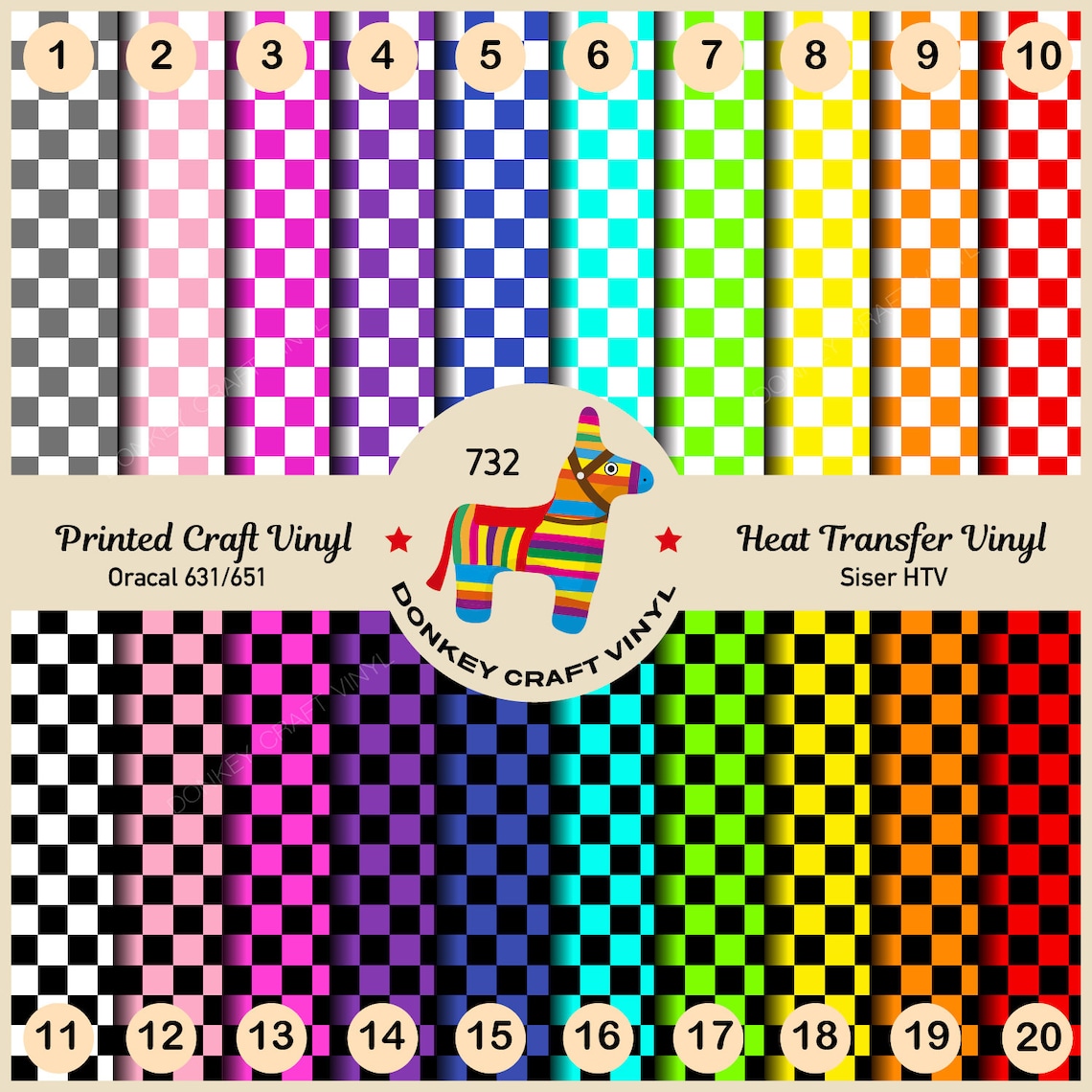This took about 20 minutes from measuring the tube to pulling off the transfer tape, and felt like cheating after it was done.
Not cheating, my friend. Thinking.
And you had to use mathematics, which really isn't cheating.

This took about 20 minutes from measuring the tube to pulling off the transfer tape, and felt like cheating after it was done.






I know the tricks for both problems. I did spray a light coat of the base color but probably too light.The bleeding under to tape is common for people first doing masking.
One 'trick' is after all masking is on, spray a light coat of the base color or a clear to seal the tape edges.
Putting paint off with the tape removing is another common problem. Best to pull the tape back over itself at an angle slowly. I've never had one lay of paint pull off the lower layer. It has always been pull the paper off the tube.
The finial result does look very good.
I am being fan of this vinyl wrap thing till I have joined this forum . I literally don't know about this stuff usefulnessI gave the Cricut Maker a try for that reason.
Quick and dirty test on scrap tube looks alright, the feel of the vinyl reminds me of trim monokote. It could be pretty accurate with more careful measurements & layout. Much easier than paint, though I still may try the stencil vinyl for comparison. This took about 20 minutes from measuring the tube to pulling off the transfer tape, and felt like cheating after it was done.
View attachment 511140




Tamiya tape is the balm. Worth the $$.I'm tempted to buy some Tamiya tape to try, that is what a lot of plastic modelers use.







See post #74 aboveAgain- next rocket, I'll be more likely to use a decal rather than stencil and paint. This one is okay, it came out good enough for this rocket. Rings in contrasting vinyl will be added above and below the pattern to close it off. However, I still have the bottom of this rocket to do and want it to match, so I'll be doing this at least one more time.
See post #74 above

This was fairly similar to what I did. I cut the lines myself and used masking tape instead of vinyl. I found that it this process ends up with a good amount of handling of the tape so this makes the edges more prone to curl and reduces the tack of the adhesive, both of which work against you. I also sprayed a coat of base color over the tape but I was too timid with it and didn't get enough to seal.Last night, I cut a checkerboard stencil for a payload bay
After you tape, spray a light coat of the base color over it to seal the tape edges. That'll give you razor-sharp lines.Here is a closeup of the roll pattern on my BT-50 size Honest John. I used the pink delicate surface tape, put a piece of it on a slick piece of cardboard like the advertising postcards we get in the mail, marked and cut out the pattern, then peeled up the pieces and put them on the nose cone. The pink tape seems capable of a better paint edge than the blue tape i've used before, but it still isn't perfect. I had more little bleeds than I expected.
The first time I did this I was too timid with the light coat and didn't get enough to seal the edges. I learned my lesson and the next time it worked perfectly.After you tape, spray a light coat of the base color over it to seal the tape edges. That'll give you razor-sharp lines.
Enter your email address to join: